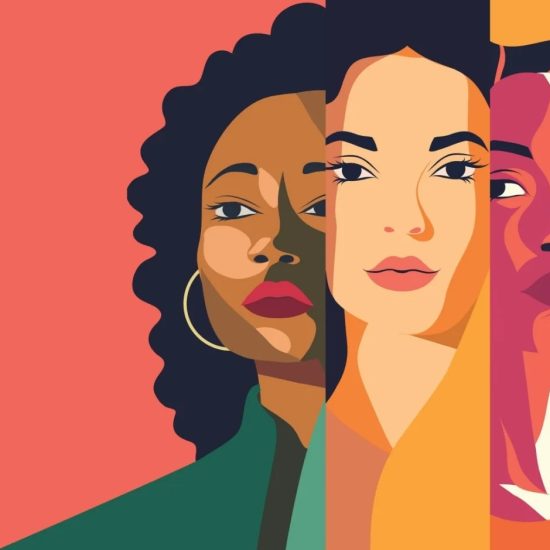
The Beijing Declaration and Platform for Action was adopted in 1995, offering a hopeful vision for addressing gender inequities around the world.

Image by Dean Moriarty from Pixabay
Twenty-five years later, progress has been made, but impacts have been uneven, and persistent inequalities and human rights abuses remain, according to a U.N. Children’s Fund report published March 3.
Improvements in education have seen the gender gap narrow significantly with regard to the number of out-of-school children.
In 1998, there were 34.5 million more females than males not enrolled in school at all grade levels.
By 2018, the gender gap had been erased with slightly more males than females not enrolled. Even so, disparity remains at the primary level, with 5.5 million more females than males not enrolled.
Similarly, literacy rates have narrowed between males and females over this time, narrowing from an 8 percent difference to 3 percent, though rate differences range from no difference in some regions to a 5 percent difference in others.
In most regions, a large gap persists in the number of males and females who are not enrolled in school, employed or in a training program.
Overall, 24% of females are not in one of these training or vocational situations, compared to 10% of males.
The gap is widest in south Asia (33% of females compared to 8% of males) and narrowest in North America (11% of females compared to 12% of males).

Photo by Els Fattah on Unsplash
Gender-based violence is a persistent scourge worldwide, with the prevalence of child marriage and female genital mutilation remaining widespread despite declines in recent decades.
Child marriage rates have dropped by about 5 percent globally since 1995, yet one in five girls are still forced to marry before their 18th birthday.
Rates are highest in sub-Saharan Africa (around 36%) and south Asia (30%), even though both regions have seen significant declines in child marriage.
Similarly, the global adolescent birth rate has declined by 16 births per 1,000 females aged 15 to 19 years old during this time period, but there are still 44 births per 1,000 females and results have been uneven.
For example, East Asia and the Pacific saw an increase from 21 to 25 births per 1,000, while Africa saw a 22 percent decline but still has the highest rate at 103 per 1,000.
Female genital mutilation rates have dropped 13 percent over the past 25 years, yet 34% of all females ages 15 to 19 years old worldwide have been subjected to it.
According to a U.N. fact sheet, female genital mutilation has no medical benefit, results in significant harm and is a violation of human rights.
Currently, an estimated 4.1 million females are at risk for female genital mutilation, while around 200 million across 30 nations have been subjected to it.
Marital violence remains widespread, as does the belief that certain circumstances justify a husband using physical violence against his wife.
Worldwide, 38% of females ages 15 to 19 years old, and 37% of males believe such violence is justified for one of the following reasons: “His wife burns the food, argues with him, goes out without telling him, neglects the children or refuses sexual relations.”
In every region, females are more likely than males to affirm this view, with agreement highest in Sub-Saharan Africa (44%) and the Middle East and north Africa (44%), followed closely by south Asia (42%).
Calling gender inequality “the overwhelming injustice of our age and the biggest human rights challenge we face,” U.N. Secretary-General António Guterres lamented in his March 6 remarks on International Women’s Day that in some regions progress has been reversed.
“Twenty-five years after the Beijing conference, progress on women’s rights has stalled and even reversed,” he said. “Some countries have rolled back laws that protect women from violence; others are reducing civic space; still others are pursuing economic and immigration policies that indirectly discriminate against women.”
“We must push back against the pushback,” Guterres urged.
The full report is available here.
This article originally appeared at EthicsDaily.com.






